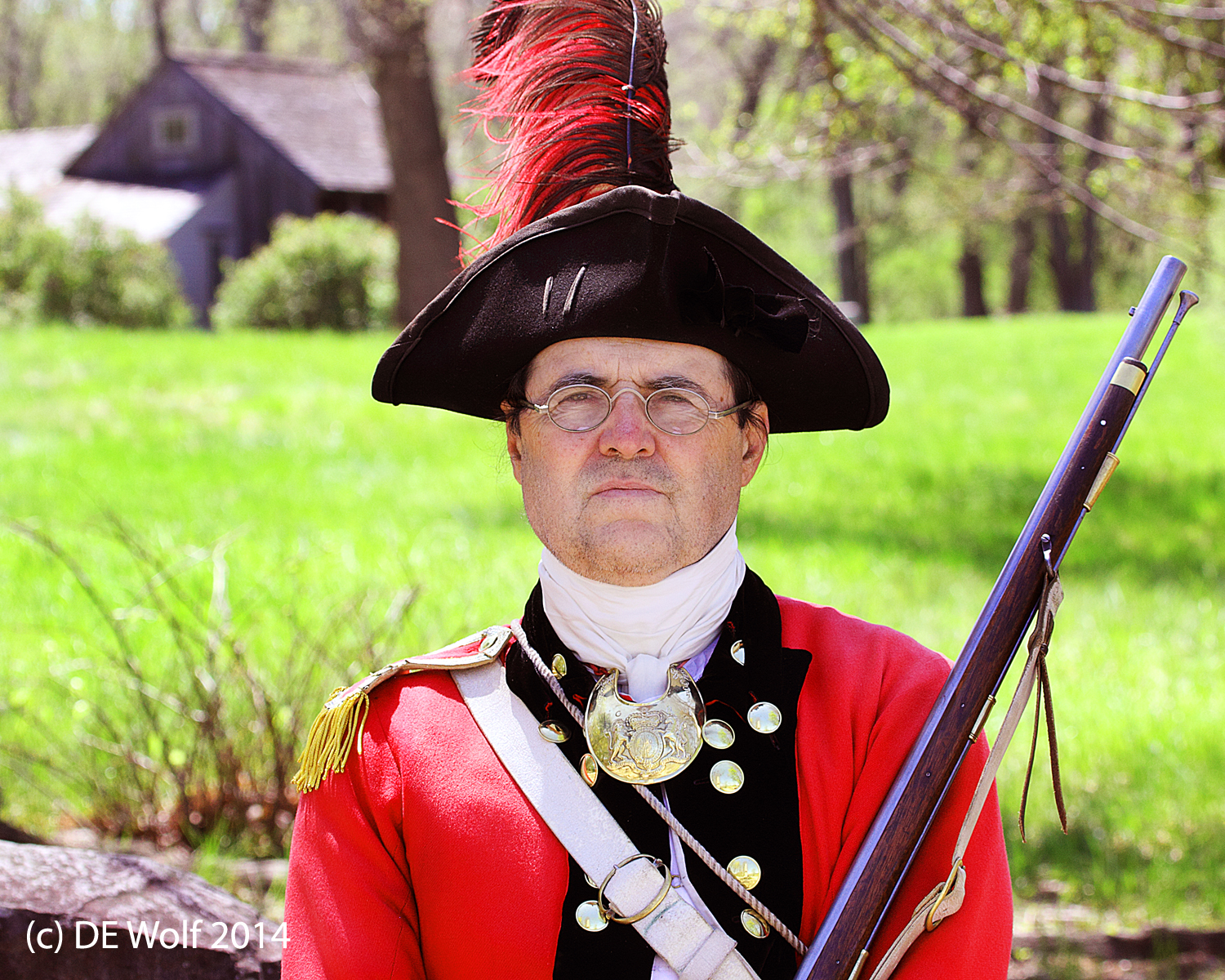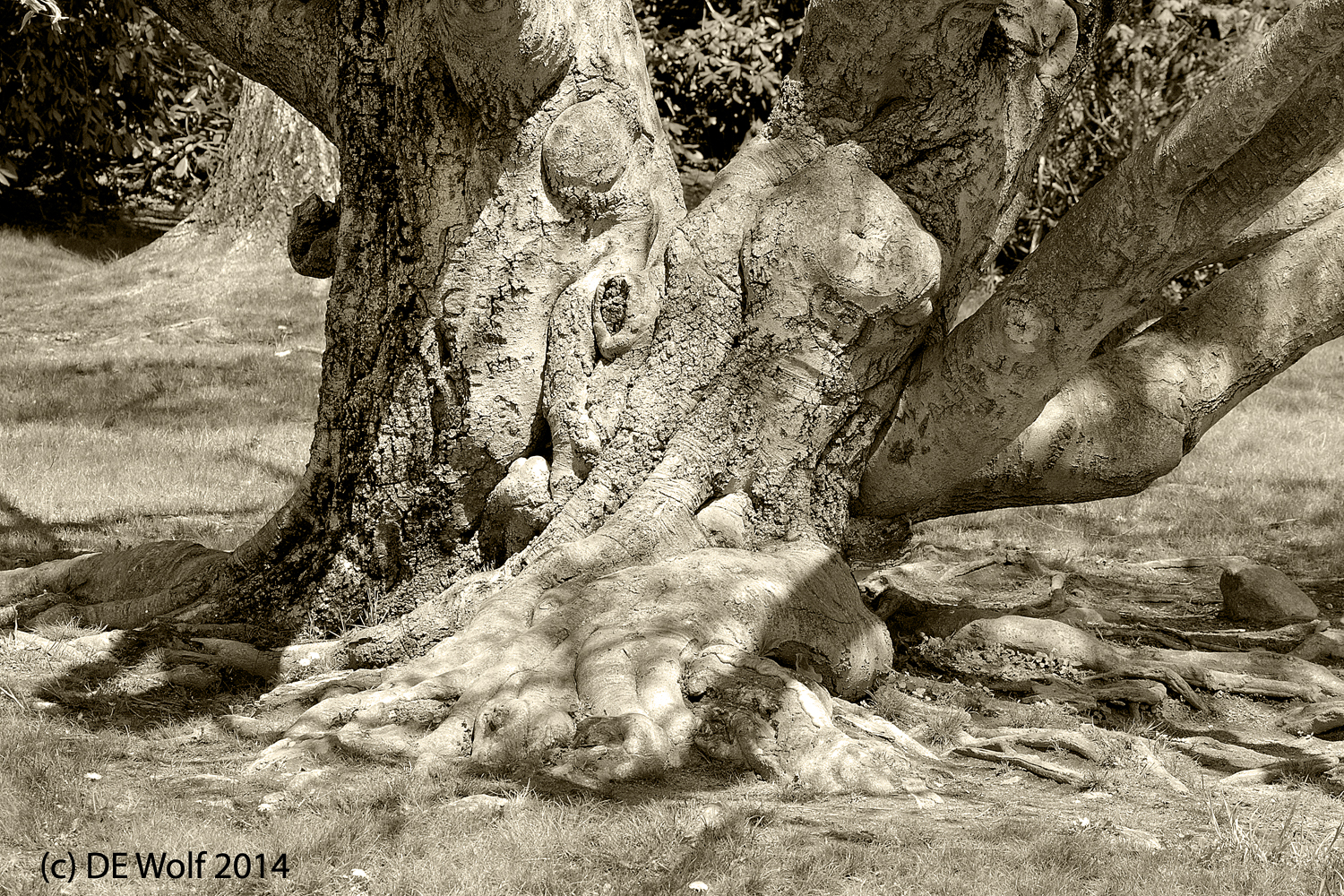BBC News reports the murder of French photojournalist Camille Lepage in the Central African Republic. According to the French presidential government, Ms Lepage’s body was found when a French patrol stopped a car driven by Christian anti-balaka militia in the Bouar region. She was 26, but already a talented and successful photojournalist, whose work was widely published by news agencies including the BBC. She had been traveling along the border between the Central African Republic and Cameroon, and apparently gotten caught up in the violence.
The murder of a journalist is ultimately an attack on us all – on our right to know and to see. Of course, that is the very point. There are always people who don’t want us to know and to see, and it is only through the bravery of these reporters and photographers that the truth becomes revealed.
Ms. Lepage’s heroic images teach us about life, dignity, and death in today’s Africa. The sensitivity of her work is typified by a 2012 photograph of a seven year old boy named Deng that she met at the the Rehabilitation Centre of Juba in South Sudan. He had lost his leg at age four after a mine that he was playing with blew up in his house and killed his mother.





